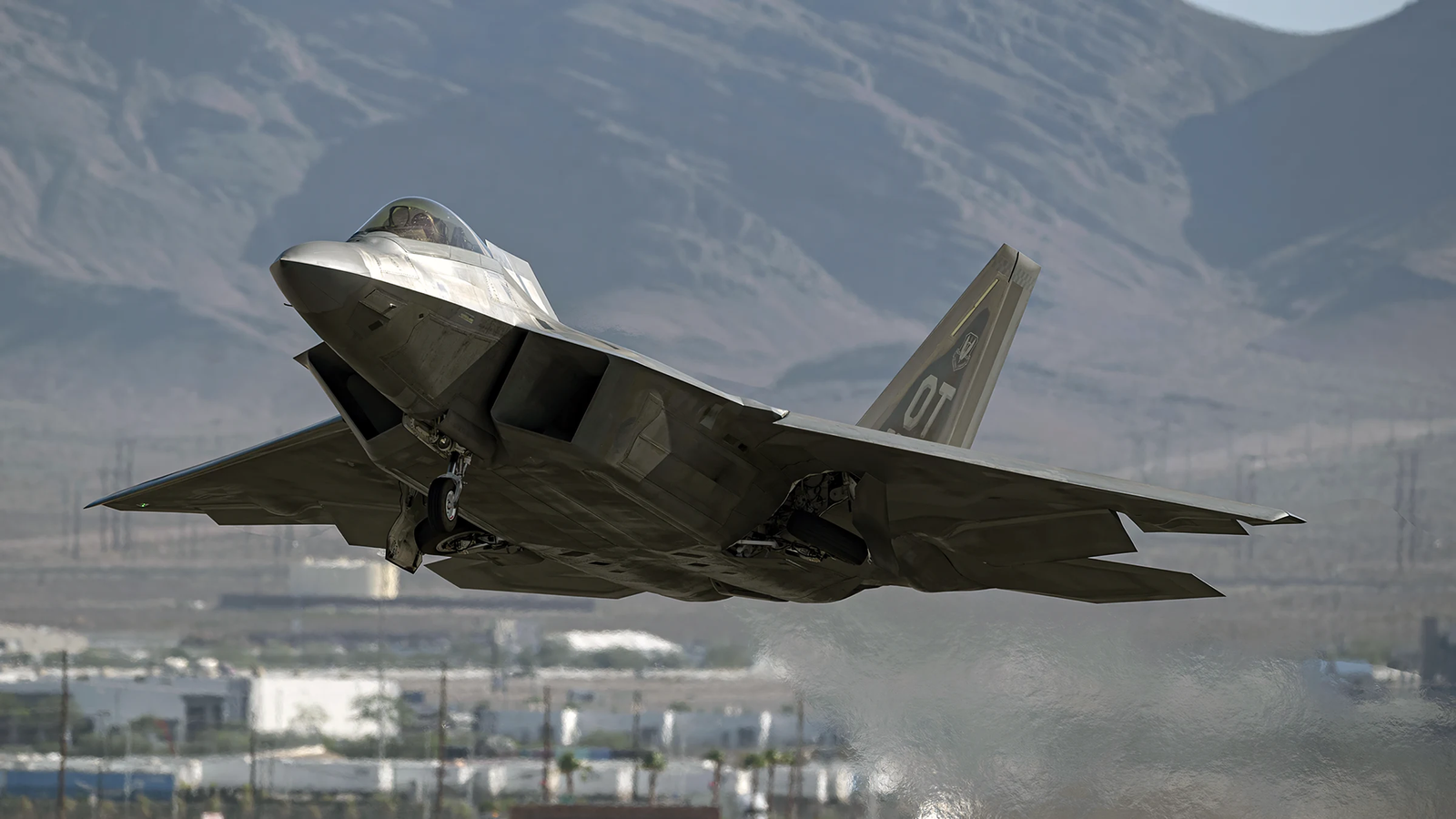
The U.S. Air Force’s fighter strategy has been in perpetual motion for the past decade. What appeared to be a simple plan—retire aging jets and introduce top-of-the-line replacements—has become a high-wire juggling act guided by politics, budgets, and the relentless march of military technology.

Consider the F-22 Raptor. Not long ago, the Air Force argued that 32 early Block 20 Raptors should be retired. The reasoning was simple: these jets lacked modern communications, advanced sensors, and updated electronic warfare systems. It would cost billions to modernize them for war, and officials said they “would never be a part of the combat force.” Divestment savings were to finance the drive toward the Next Generation Air Dominance program, a sixth-generation fighter to win air superiority deep into the 2030s.

That went nowhere on Capitol Hill. Congress intervened, insisting the Raptor still provided unmatchable value in future wars. The result was a dramatic pivot. Instead of shelving the aircraft, the Air Force rebranded the F-22 as an essential capability for the near term. Funding followed.

Through 2029, the service now plans to spend nearly $8 billion on upgrades: stealthy external tanks for longer range, improved infrared sensors, next-gen communications, and electronic warfare enhancements. Still, only 142 Raptors are slated for the full modernization package. Upgrading the Block 20 jets is still too expensive—over $50 million per plane.

The battle has not been solely over the Raptor. The F-15EX Eagle II has also fallen prey to dueling priorities. Originally limited to 98 aircraft, the program was a boon when lawmakers inserted funding to buy two dozen additional ones. Their logic was evident: even without stealth, the Eagle II offers reliability, payload, and range. In big operations, quantity counts, and a robust fleet of F-15EX fighters takes some pressure off the stealth force.

And in the meantime, the F-35 Lightning II remains the topic of cost versus capability. The system, now the costliest weapons program in history, has topped $2 trillion in lifetime costs. Operating and support costs are on the rise, with modernization schedules falling behind. Software and engine upgrades lag behind schedule, keeping availability short of goals. In reality, the Air Force and Navy have already reduced expected annual flight hours for the plane in a bid to control costs.

Repair and maintenance are yet another growing problem. The sophistication of new aircraft translates into more expense in all areas. Advanced fighters will represent more than a quarter of NATO’s maintenance budgets by 2035, an increase sharply from current levels.

The F-35 alone will represent almost 10% of worldwide maintenance expenditures, more than twice its present level. The Air Force has replied by focusing on modernization and tolerating lower readiness levels in the short term, depending on the investment paying dividends in the long term.

These challenges are unfolding against a changing world background. A number of countries are creating next-generation fighters of their own, indicating the monopoly on future airpower technology is coming to an end. Turkey, for instance, is developing its KAAN fifth-generation fighter with foreign partners, while Middle Eastern nations are considering options to buy abroad as a way to diversify their fleets. The trend reflects the fact that U.S. planes, which were previously the sole choice for superior capability, now have to contend in the export market.

All this comes at a time when the U.S. military-industrial complex struggles with supply chain weaknesses. Sophisticated semiconductors—vital for avionics, sensors, and AI systems—remain overwhelmingly imported overseas. A disruption of the supply of these chips would have near-term effects on production and sustainment, reflecting a strategic vulnerability that reaches well beyond the Air Force.

The larger picture is one of conflict between current needs and future aspirations. The Air Force needs to maintain today’s fleet at a high state of readiness while at the same time developing the next generation of fighter aircraft. Congress, industry, and international competitors all influence the outcome, so it’s as much a political problem as a technological one. The stakes are huge: maintaining air superiority, staying ready, and keeping costs down—all simultaneously.
